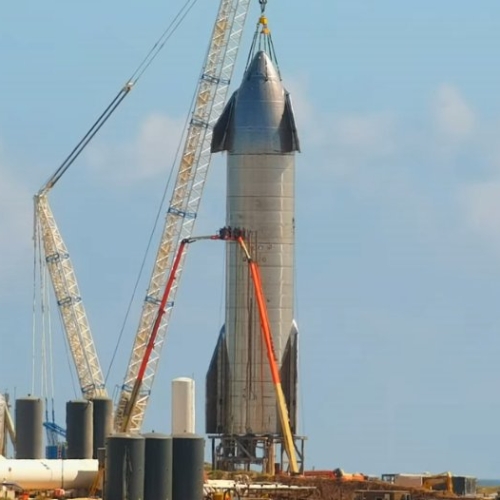Link here. This so-called suborbital space tourism company, which for years has promised to fly tourists on suborbital flights to space but failed to do so, appears now to be trying to shift gears and instead make itself into a company building supersonic airplanes.
Richard Branson’s dream of a suborbital Virgin Galactic vehicle zipping passengers between distant cities at hypersonic speeds above Mach 5 (6,174 km/h, 3,836 mph) is dead. At least for now.
In August, the space tourism company he founded pivoted to a slower supersonic Mach 3 (3,704 km/h, 2,302 mph) business jet. Virgin Galactic unveiled a mission concept for an aircraft that would carry 9-19 passengers at a cruising altitude of 60,000 ft (18,288 m).
Since Branson began selling off his stock in May and became a minority owner in the company, the new management has apparently shifted its focus away from suborbital space tourism to building a supersonic airplane for commercial travel on Earth.
The problem is that there are already a lot of companies working to do this, and Virgin Galactic is in last place, even as it scrambles to find new investment capital simply to begin development.
After sixteen years, this company has so far accomplished nothing, while spending probably more than $2 billion in private capital. It now wants more, even as Richard Branson has sold off his stock at a nifty profit. (I am no stock market expert, but if I has any interest in buying stock (I do not), this would not be the stock I’d buy.)
Branson however is not entirely off the hook. His entire empire, built on transportation and tourism, is in big trouble because of the Wuhan panic. It might now all collapse, tragically crashing to Earth as did the first SpaceShipTwo several years ago.

